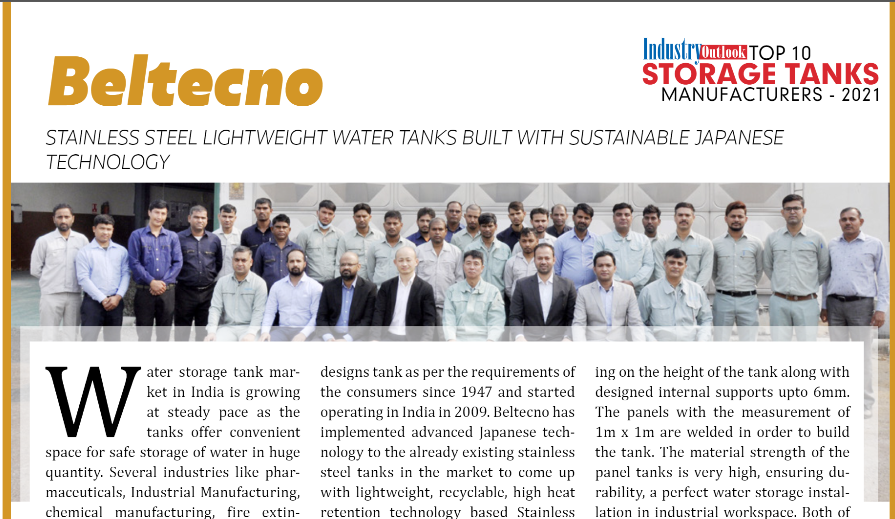Why Asia Is Running Out of Water And How We Can Fix It

The water crisis is a serious problem for all of us. It affects our daily lives, it affects our health, it affects our economy, it affects our environment. The water crisis has been going on for decades now. And we have to find solutions to this problem. We need to find ways to conserve water. We need to find new sources of water.
We need to make sure that these new sources are safe and secure. But most importantly, we must ensure that these resources can be used sustainably and responsibly by future generations.
How does the water crisis in South Asia affect the agriculture and energy generations in that region?
We have to look at the climate change issue. The current water situation is only one part of the equation. There’s also the issue of climate change. So, if you look at climate change from an environmental point of view, then there’s not enough water in the world today because of the impact of climate change. This means that more people will be forced to leave their homes. They will have to move into areas where they don’t belong. They will experience food shortages and other problems related to living in such conditions.
It’s very important that we take steps towards sustainability. That means ensuring that we use natural resources wisely. That means making sure that we protect the environment. That means protecting forests
How do we tackle the water crisis in India?
The world is facing a serious water crisis. The United Nations estimates that by 2025, more than 1 billion people will be living under severe water stress. India, the country with one of the highest population growth rates, it’s expected to reach 572 million by 2030. This means that about 30% of our total population would need access to drinking water every day. It also means that nearly half of those who are currently without safe drinking water would have no access to it by 2030. The World Bank says that India has just 11 days of water supply for every 100 days of demand.
So how can we solve this problem? Is there any way out?
Can we find solutions to this issue as a nation?
Let’s take a look at some of the potential solutions:
1. Adoption of new Technology.
The first solution is to use an open-source platform to bring new technology to the masses. Open Source has been around for many years and it's time for it to come into mainstream usage. Open Source will allow us to have control over our data, allowing us to see what information about ourselves companies are collecting and using in ways we never thought possible.
We need to be able to know exactly who is looking up our personal information on Google or Facebook or who is selling our information to third parties. This should be a fundamental right where people can view their own data and make informed choices about who they share their information with. As more businesses move towards open platforms, consumers will benefit from better services, lower prices, and increased competition.
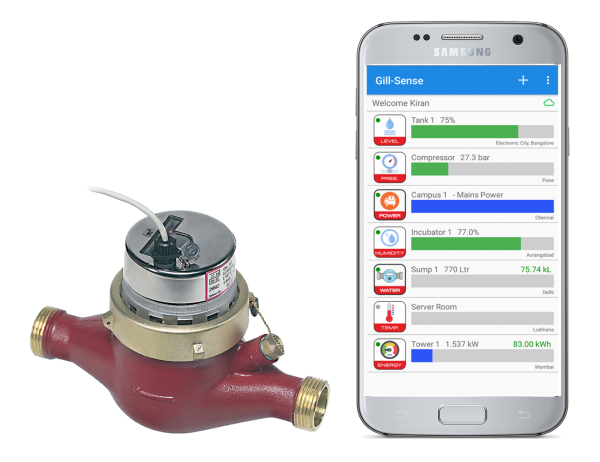
2. Build sustainable cities.
According to a report by McKinsey & Company, over the next 20 years, urbanization could result in a 40% increase in the global number of mega-cities (with populations greater than 10 million). If we want to provide clean water to everyone in the world, we cannot continue to live in unsustainable ways. Instead, we need to develop smart ways to create sustainable city environments.
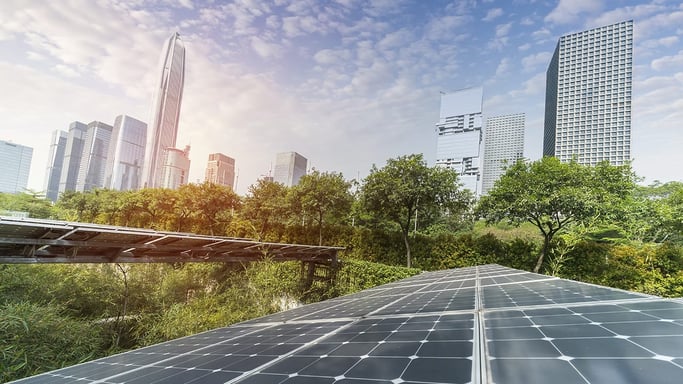
Smart utilities like solar energy and electric cars will help us to reduce pollution and keep costs down.
3. Encourage recycling.
Recycling is another key component to solving the water crisis. Almost 70% of all plastic produced ends up in landfills.
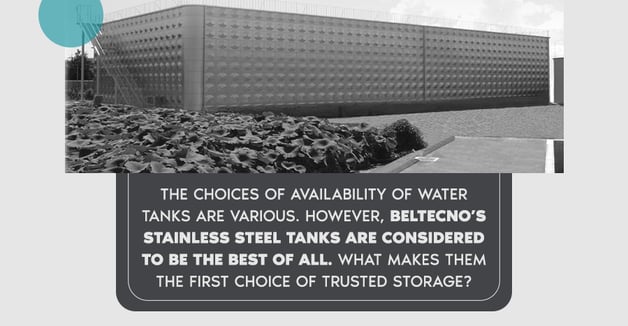
This is causing huge damage to the planet. Unfortunately, most recycling programs aren’t efficient enough to handle the amount of waste that gets generated.
4. The final solution lies in agriculture.
Agriculture needs to improve to ensure that crops produce more nutritious food while reducing the amount of water used. New technologies and farming methods must be developed to meet these goals. Fortunately, we already have the knowledge and the ability to implement these changes. Now, it’s up to us to put them to good use.
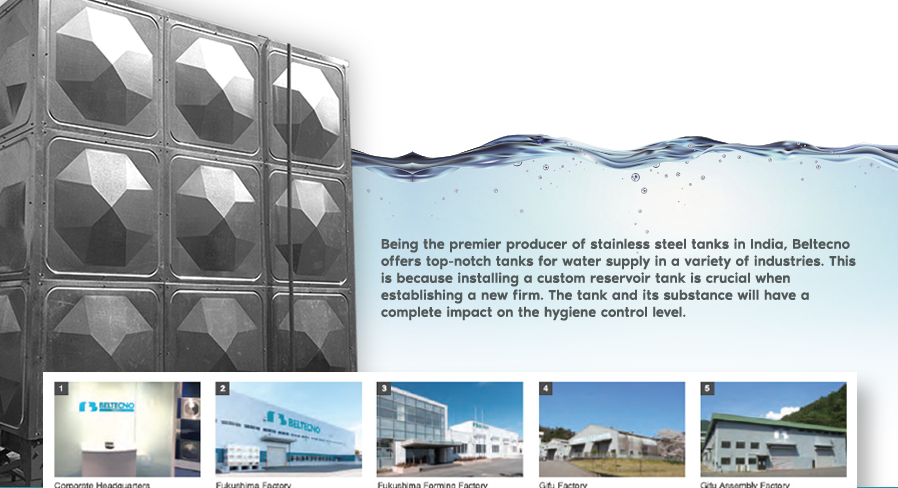
For more information regarding our stainless steel panel tanks download our product brochure by clicking the button below, drop us your requirement at sales@beltecnoindia.com or call us on any of the given numbers +91 9116009580/+91 7300084028
